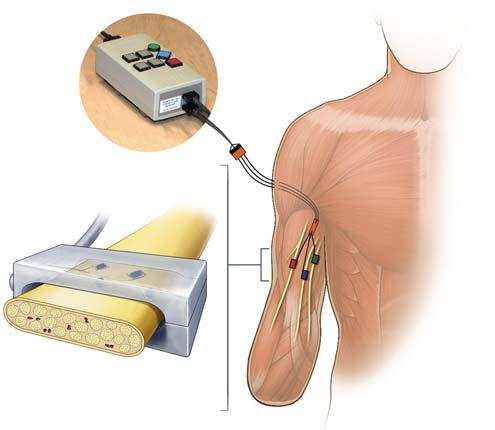Podcast: Play in new window

BOB HIRSHON (host):
The secrets of touch. I’m Bob Hirshon and this is Science Update.
By stimulating nerves in the upper arms of amputee volunteers, University of Chicago neuroscientist Sliman Bensmaia and his colleagues report producing realistic sensations of light and forceful fingertip touch. In the journal Science Translational Medicine, they report that a small number of nerve signals, or action potentials, produced the feeling of a light touch, while many action potentials felt like a hard poke. The work will help them design robotic hands that can feel.
SLIMAN BENSMAIA ( University of Chicago ):
It’s not enough to just be able to move the hand, even moving the hand by thought is not enough. You need to also be able to feel through the hand; you need to be able to restore these sensory signals that allow you to use your hands and manipulate objects dextrously.
HIRSHON:
Next, the team will try to discover what nerve patterns let us discern textures. The goal is robot hands that convey fully realistic feeling. I’m Bob Hirshon, for AAAS, the science society.
Story by Bob Hirshon
